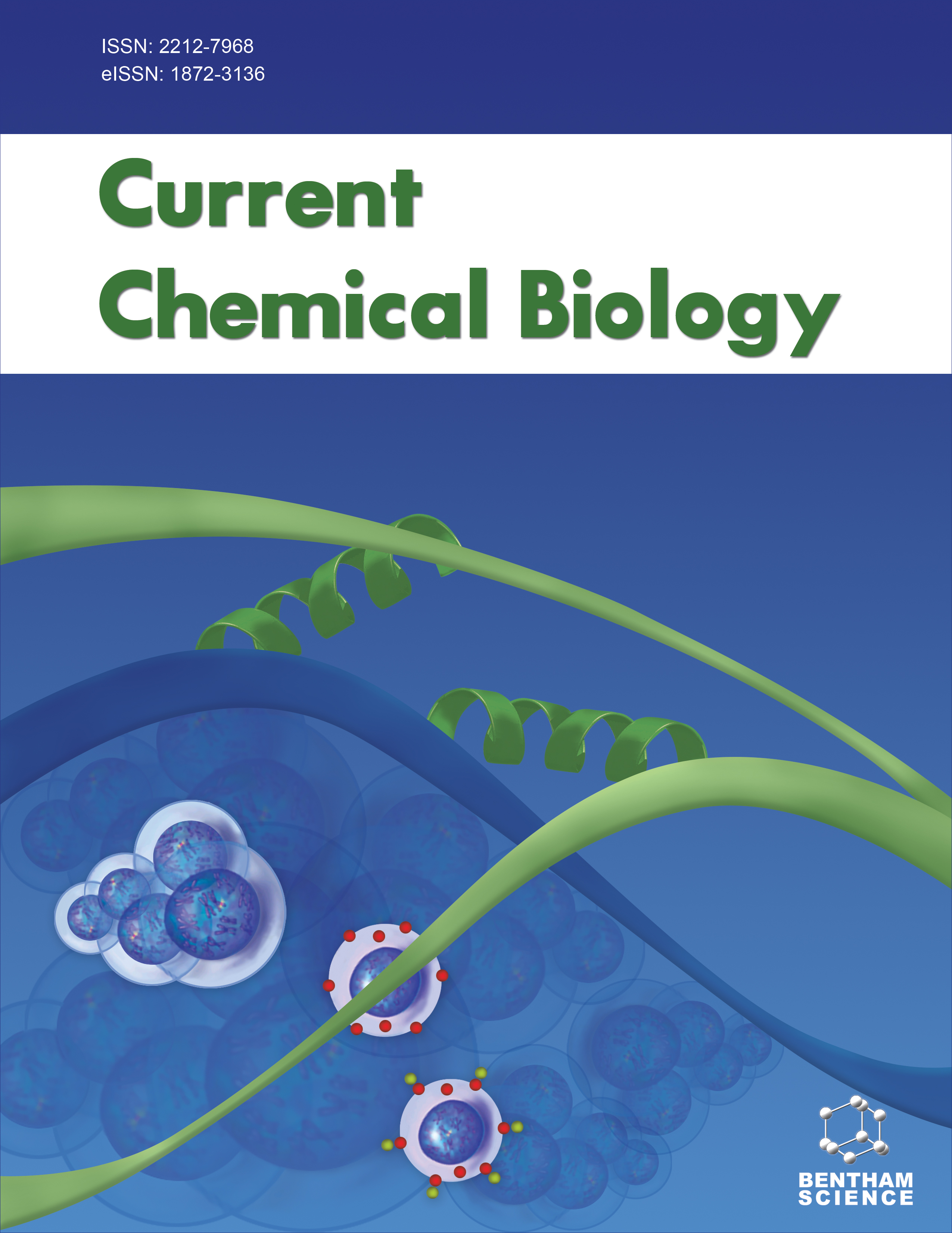
Full text loading...
We use cookies to track usage and preferences.I Understand
Pyrazolyl-pyrimidinone derivatives are important heterocyclic compounds. A novel HIV-1 (human immunodeficiency virus type 1) inhibitors based on these components were designed as potential drug candidates for AIDS (acquired immunodeficiency syndrome) therapy.
This research aims to develop a predictive mathematical model linking the biological activity and physicochemical properties of pyrazolyl-pyrimidinones derivatives and to identify the interactions between the most active compound and the HIV-1 active site.
A QSAR-2D study was conducted on 40 pyrazolyl-pyrimidinone derivatives, followed by molecular docking of the most active compounds.
Principal Component Analysis (PCA) was used to select the best descriptors for building QSAR models using Multiple Linear Regression (MLR), Multiple Nonlinear Regression (MNLR), and Artificial Neural Networks (ANN). The MLR model achieved R2 = 0.70, Q2Cv = 0.54, and successful Y-randomization (R = 0.83). The MNLR model had an R2 of 0.81 and low mean square error RMSE = 0.17, while the ANN model showed ρ = 1.5 and RMSE = 0.15. Docking studies confirmed key interactions between compounds 1 and 11 with the HIV-1 active site. The results of molecular packaging Substances 11 and 1 have the lowest energy levels of -13.26 kcal/mol and -12.5 kcal/mol, respectively, and have more than one hydrogen bond. The molecular docking validation finds RMSD = 0.821.
This study allowed the establishment of robust QSAR models with a good predictive capacity, confirmed by several statistical indicators, with the aim of inhibiting HIV-1. The models showed satisfactory reliability and docking studies identified key interactions between the compounds and the active sites of HIV-1, thus reinforcing their profile as promising candidates for the development of new antiviral treatments.

Article metrics loading...

Full text loading...
References


Data & Media loading...

